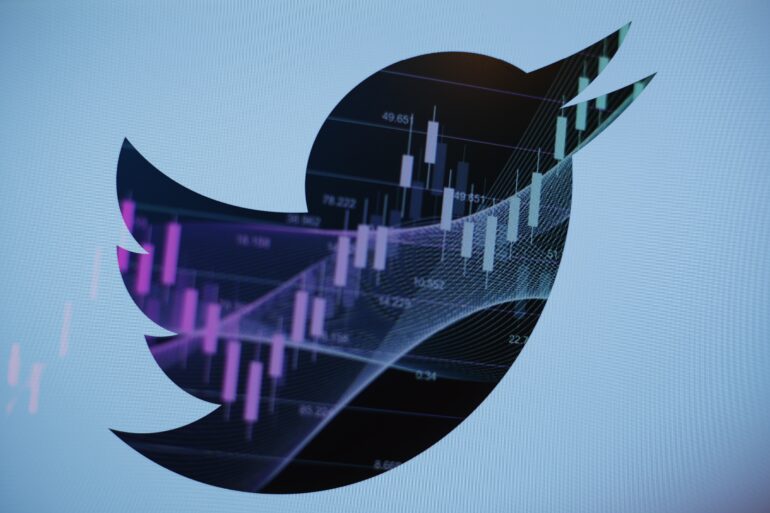What do a cybersecurity researcher building a system to generate alerts for detecting security threats and vulnerabilities, a wildfire watcher who tracks the spread of forest fires, and public health professionals trying to predict enrollment in health insurance exchanges have in common?
They all rely on analyzing data from Twitter.
Twitter is a microblogging service, meaning it’s designed for sharing posts of short segments of text and embedded audio and video clips. The ease with which people can share information among millions of others worldwide on Twitter has made it very popular for real-time conversations. Whether it is people tweeting about their favorite sports teams, or organizations and public figures using Twitter to reach a mass audience, Twitter has been part of the collective record for over a decade.
The Twitter archives allow for instant and complete access to every public tweet, which has positioned Twitter both as a archive of collective human behavior and as a credentialing and fact-checking service on a global scale. As a researcher who studies social media, I believe that these functions are very valuable for academics, policymakers and anyone using aggregate data to obtain insights into human behavior.
The proliferation of scams and brand impersonators, the hemorrhaging of advertisers, and disarray within the company call the future of the platform into question. If Twitter were to go under, the loss would reverberate around the world.
Analyzing human behavior
With its massive trove of tweets, Twitter has provided new ways to quantify public discourse and new tools to map aggregate perceptions, and offers a window into large-scale human behavior. Such digital traces or records of human activity allow researchers in fields ranging from social sciences to healthcare to analyze a variety of phenomena.
From open source intelligence to citizen science, Twitter has not only been a digital public square, but has also allowed researchers to infer attitudes that are difficult to detect through methods from traditional field research. For example, people’s willingness to pay for policies and services that address climate change has traditionally been measured through surveys of subjective well-being. Twitter sentiment data gives researchers and policymakers another tool for assessing these attitudes in order to take more meaningful action on climate change.
Researchers in public health have found an association between tweeting about HIV and incidence of HIV, and have been able to measure sentiment at the neighborhood level to assess the overall health of the people in those neighborhoods.
Place and time
Geotagged data from Twitter helps in a variety of fields such as urban land use and disaster resilience. Being able to identify the locations for a set of tweets allows researchers to correlate information in the tweets with times and places – for example, correlating tweets and ZIP codes to identify…



